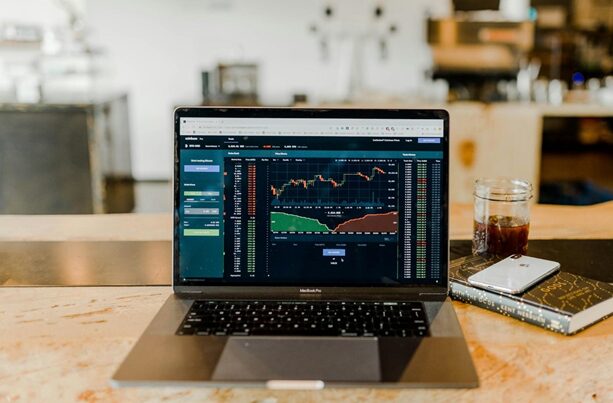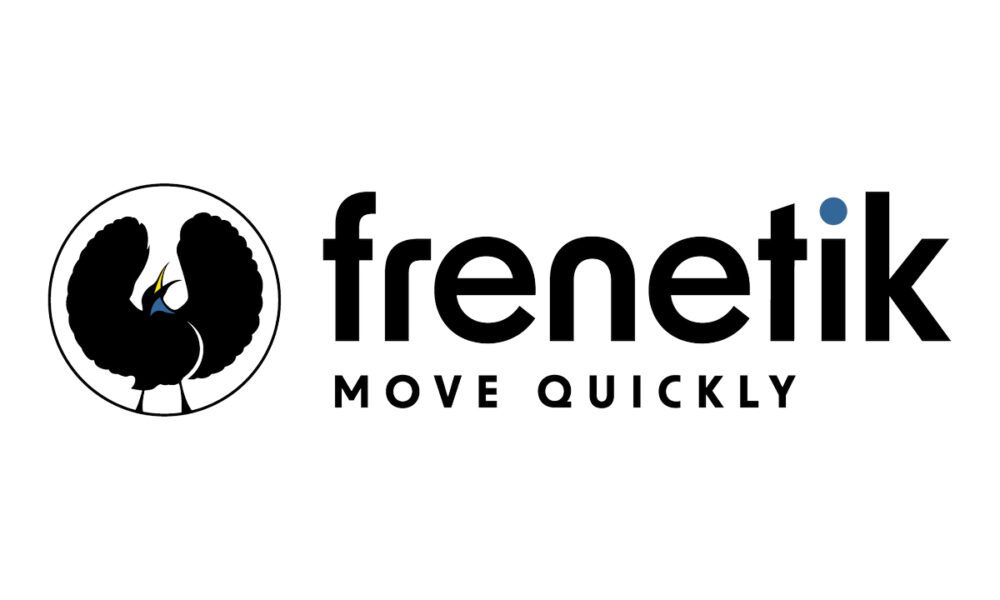As South Africa enters 2025, its financial markets are showing signs of strategic transformation. Economic recovery efforts, technological integration, and shifting global trends are all playing their part in reshaping the local indices landscape. For South African day traders, these changes bring both opportunities and risks that require a fresh perspective and tactical response.
One of the major themes dominating the local trading landscape is the rise in retail participation in indices trading. More traders are turning to instruments like the JSE Top 40, FTSE/JSE All Share Index, and other global benchmarks to capture short-term movements, driven by both global volatility and increased access to trading platforms like HFM.
JSE’s 2025 Trajectory: Sector Shifts and Emerging Themes
The Johannesburg Stock Exchange (JSE) remains South Africa’s premier equities and indices hub. Entering 2025, the JSE is projected to experience moderate growth across financials, resources, and industrials. However, two particular shifts are worth watching: tech-led financial services and renewable energy stocks.
South African fintech firms are gaining investor interest amid expanding digital payment ecosystems and API-based lending solutions. Similarly, energy and utility stocks are expected to play a more prominent role in the Top 40 due to Eskom reforms and independent power producer (IPP) incentives.
Day traders focusing on JSE indices may find high-frequency movement in:
- Banking and insurance counters reacting to SARB rate decisions
- Mining and resource shares responding to global commodity trends
- Tech-adjacent stocks benefiting from increasing digital penetration
The 2025 outlook suggests that day traders will need to stay alert to macroeconomic releases, central bank commentary, and geopolitical developments influencing sector weights.
Global Influence on Local Indices
While South Africa’s economy influences local indices, global factors are expected to be even more impactful in 2025. The direction of U.S. interest rates, China’s industrial demand, and European inflation controls will affect risk appetite and investment flows into emerging markets, including South Africa.
For day traders, this means tracking offshore sentiment becomes just as important as monitoring domestic news. Even small movements in the S&P 500, FTSE 100, or Hang Seng can ripple through to the JSE, especially via dual-listed companies or index funds that mirror international benchmarks.
South African indices traders will likely pay close attention to:
- USD/ZAR exchange rate volatility
- Performance of ADRs (American Depositary Receipts) tied to local firms
- Institutional capital movements and ETF reallocations
Retail Trading Growth and Technology Access
Increased smartphone penetration and better access to low-latency trading platforms are accelerating the number of retail participants entering the indices space. This democratisation of finance is expected to continue in 2025, with more South Africans using mobile apps to trade on short timeframes.
Day trading indices is becoming popular among younger investors due to:
- Lower margin requirements compared to individual stocks
- High liquidity and tight spreads
- Availability of educational resources and trading simulators
Brokerages such as HFM offer tailored tools for South African traders, making it easier to get real-time data, apply leverage responsibly, and manage positions effectively on both local and global indices.
Risks That Day Traders Must Watch in 2025
While the market is ripe with opportunity, it also comes with its fair share of challenges. Index-based trading is not immune to risk, and South African traders must be aware of the potential pitfalls. These include:
- High intraday volatility due to election cycles, inflation updates, and interest rate surprises
- Liquidity gaps during off-peak hours, especially when tracking overseas indices
- Over-leveraging which can wipe out small accounts during sharp price swings
Traders will benefit from employing proper risk management tools such as stop-loss orders, trading only during high-volume hours, and avoiding emotional trades around economic events.
The Role of Fundamental and Technical Analysis
In 2025, successful day traders in South Africa will increasingly blend both fundamental and technical analysis to get an edge. For instance, they might use Fibonacci retracements and support-resistance zones in conjunction with earnings announcements or CPI data releases.
This hybrid approach works especially well for indices, which are often driven by a mix of long-term investor sentiment and short-term trading momentum. A good understanding of chart patterns and macroeconomic cycles can help traders navigate volatile sessions more confidently.
Final Thoughts
The 2025 outlook for indices in South Africa suggests a more dynamic and interconnected market than ever before. With broader access to trading platforms, educational tools, and real-time data, local day traders are better equipped to participate in this growing segment.
However, with opportunity comes responsibility. Indices trading can be a powerful strategy for intraday profits, but it requires a disciplined approach, continuous learning, and close monitoring of both local and international events. For those who can adapt and stay focused, the year ahead holds significant potential.



































